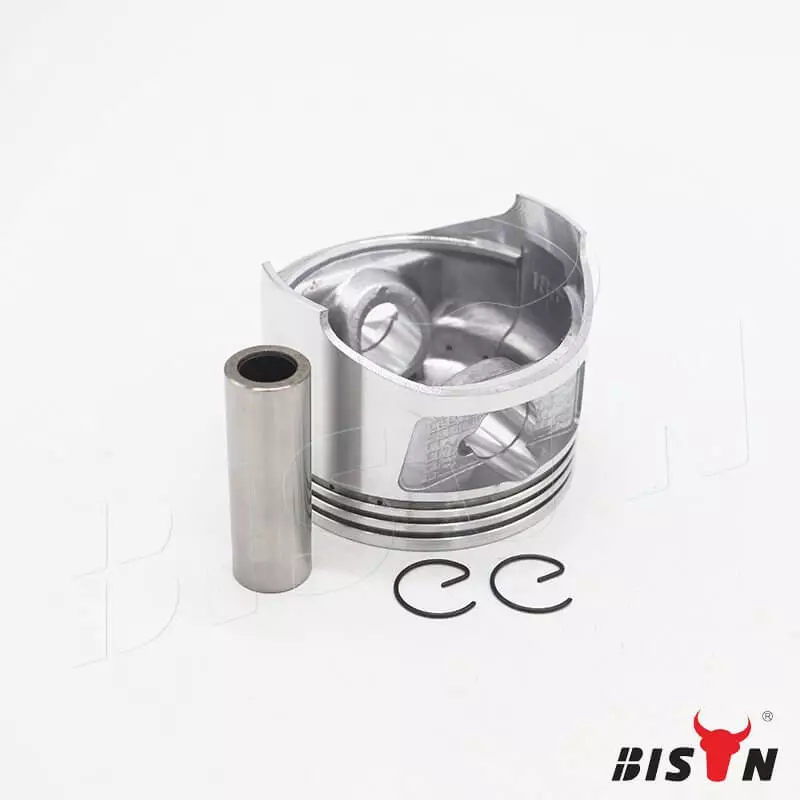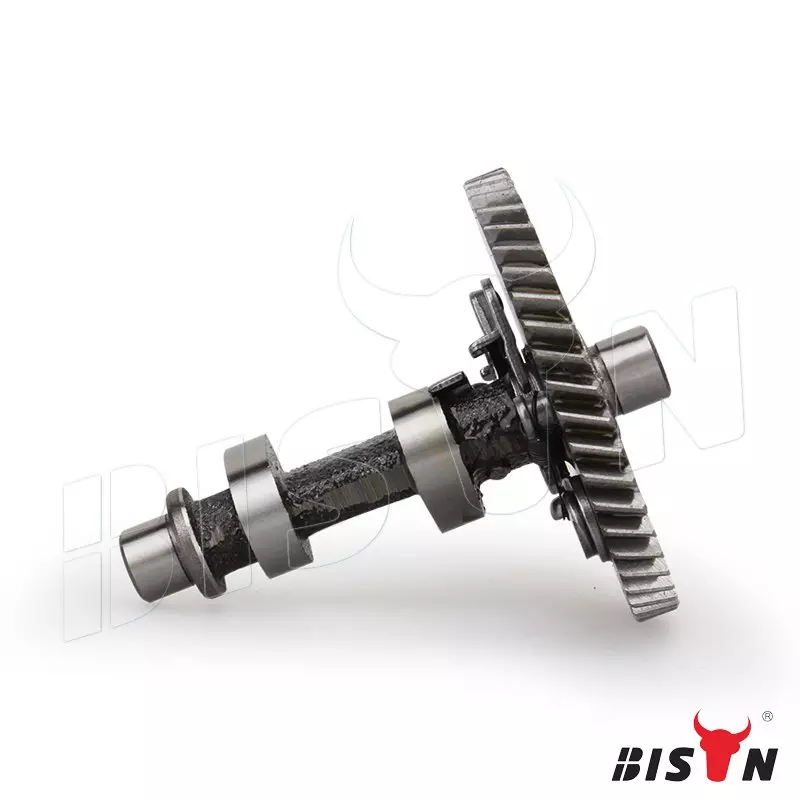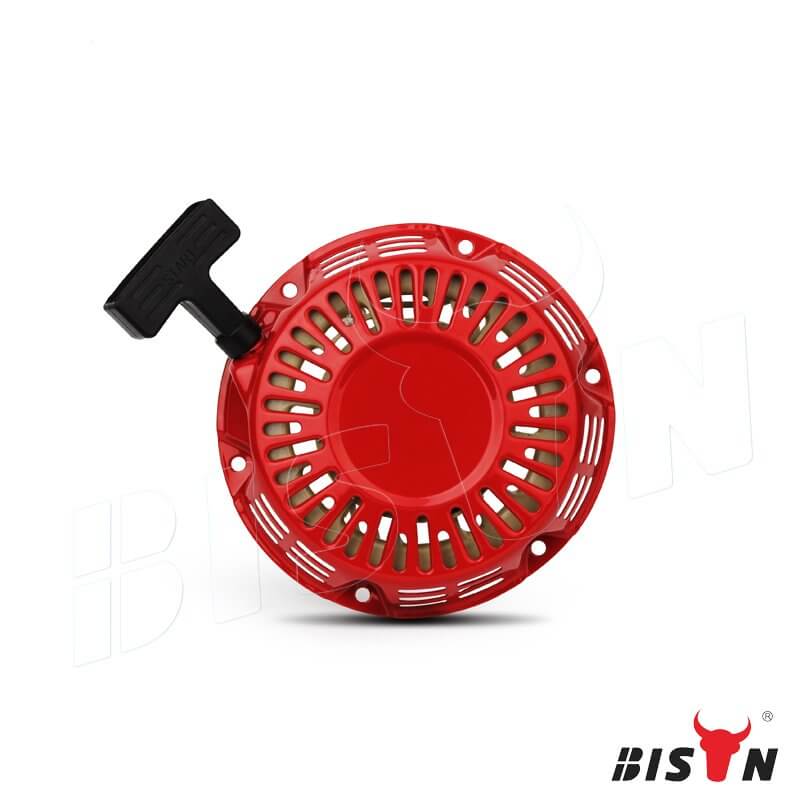Parts of a small engine | Pictures&Functions
2023-07-07
Table of content
Small engine generally produces less than 25 horsepower (hp). Small engines are used in various applications and are often found in outdoor equipment such as tractors, lawnmowers, generators, etc. They comprise several systems that work together to generate energy, each composed of many parts.
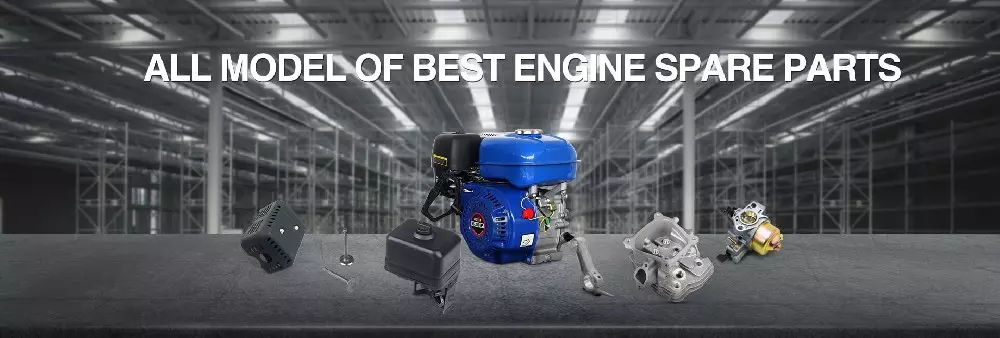
What are the essential parts of a small engine?
There is some crucial information to remember regarding small engine parts and their uses. Below is a breakdown of major small engine parts and terms related to each system of the engine.
Carburetor
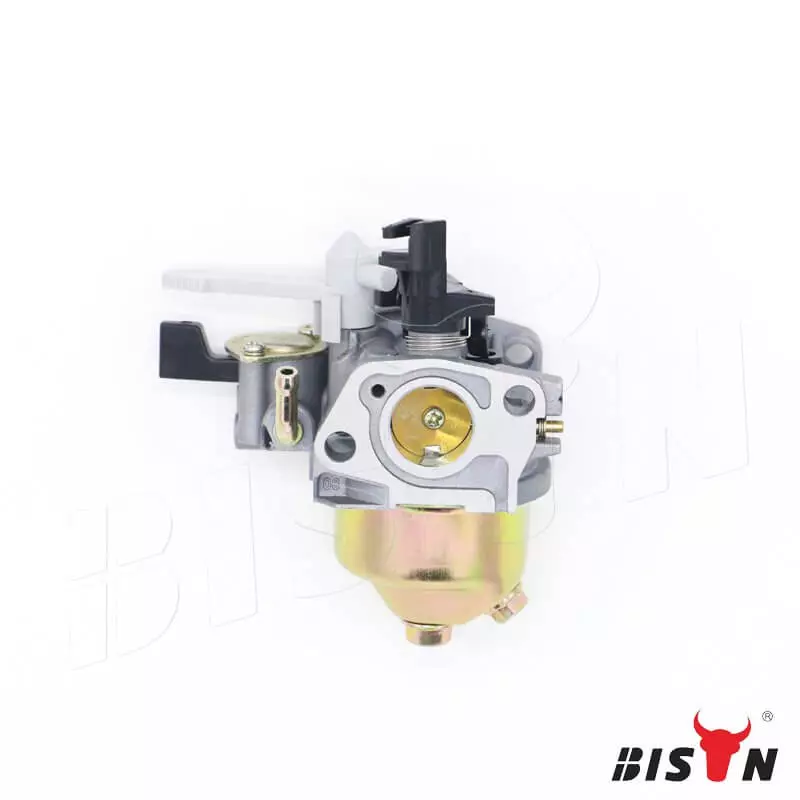 A device that automatically mixes fuel and air in the correct proportions to produce a combustible gas. Each of these carburetors have specific features and uses, catering to different types of engines and machinery. BISON also provides carburetors suitable for LPG generators
A device that automatically mixes fuel and air in the correct proportions to produce a combustible gas. Each of these carburetors have specific features and uses, catering to different types of engines and machinery. BISON also provides carburetors suitable for LPG generators
Fuel line
The line that carries fuel from the fuel tank to the carburetor.
Muffler
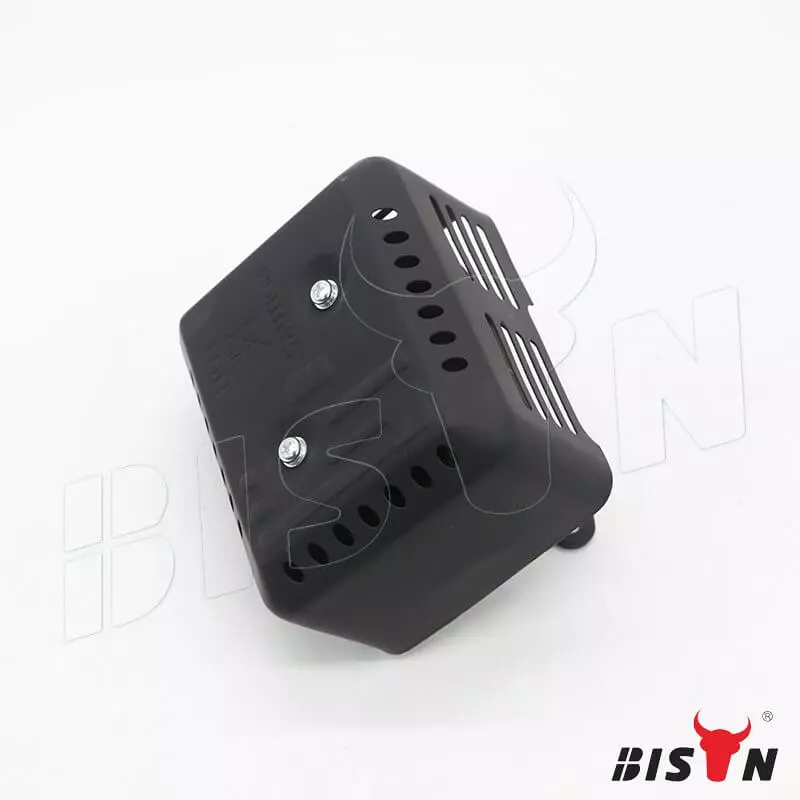 Reduces the noise produced when the exhaust gas passes through. Bolt or threaded on the engine.
Reduces the noise produced when the exhaust gas passes through. Bolt or threaded on the engine.
Spark plug
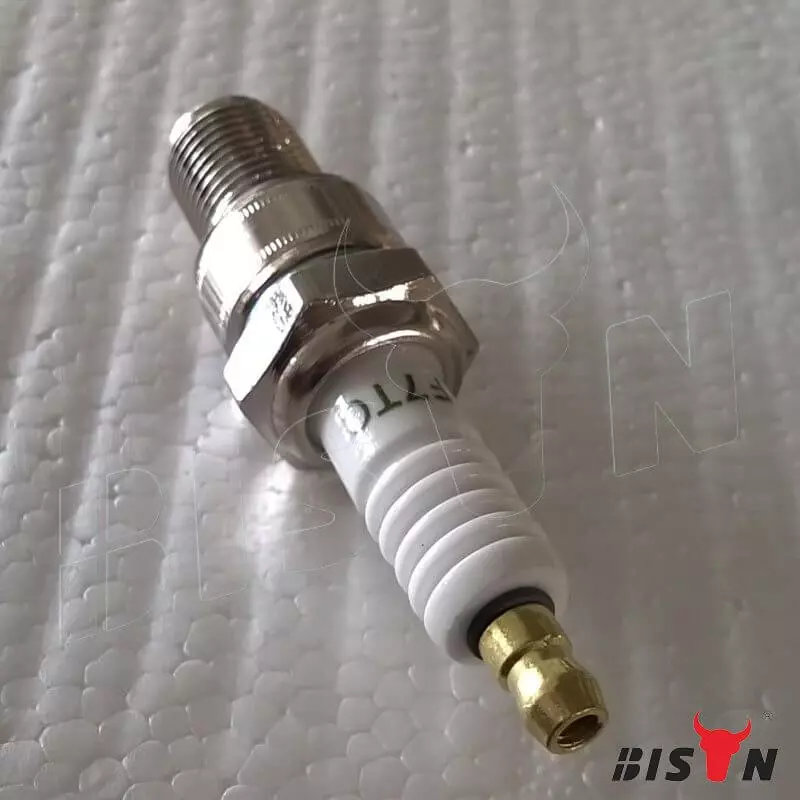 An isolated electrode is attached to the top of the engine cylinder that helps create the spark needed to power the engine.
An isolated electrode is attached to the top of the engine cylinder that helps create the spark needed to power the engine.
Piston
A cylindrical part that compresses an air-fuel mixture during upward motion.
It is made of cast steel or aluminum material.
The cylinder houses the piston.
The head is the piston’s top.
The piston is mounted to the connecting rod by a pin and held in place by a retaining clip. There may be one to three rings on the piston. These top rings are for compression. The bottom ring is called the oil ring. Only four-stroke engines contain oil rings. The ring cannot be rotated because the pin in the ring’s groove prevents any rotation.
Crankshaft
Works with connecting rods to move the pistons.
Connecting rod
The connecting rod that connects the piston to the crankshaft. The wrist pin connects the piston to the wrist pin and is held in place by a clip. There may be one or two connecting rods. The bottom is removable on two-piece units.
Valves
Open and close passages for fuel and air.
Valves are made of high-quality steel.
Valves are located on the cylinder block and seals.
Intake and exhaust valves create better engine airflow.
Intake valves are larger than exhaust valves.
Oil filter
Removes contaminants that circulate in the oil.
Bearings
Moving parts are used to reduce the friction generated during combustion.
Available in many styles and sizes.
They support engine parts.
They are resistant to corrosion and scratches.
They may or may not need lubrication.
They have small holes on the outside to lubricate the internal components.
Fan
Most small engines use a fan outside the combustion chamber for air cooling.
Cylinder
Also known as the “bore.” It has an inner wall called the cylinder wall. Pistons are mounted through precisely machined diameters. The inner wall is very smooth, allowing the piston and piston rings to run smoothly.
Cylinder block
A fundamental component of all small engines.
The interior of the cylinder block houses all the parts of a small engine.
It is made of aluminum.
It must be cast in a mold to obtain the perfect form for the precise operation of each specific engine.
Its exterior dissipates heat through aluminum alloy heat sinks.
Some liquid-cooled engines may not have these fins on the cylinder block.
Most small engines are single-cylinder engines. However, other parts of small engines have many cylinders, the most common of which are inline, opposed, and V.
Flywheel
Sitting on top of the engine.
It runs like a fan
It cools the engine
Cylinder head
Many small engines have a combustion chamber. The top of the cylinder called the cylinder head, has a head gasket bolted to it, forming the cylinder head. The spark plugs are housed in the cylinder head. There are three common types of cylinder heads:
A side-valve engine has two valves on one side of the engine.
The exhaust and intake valves are located on opposite sides of the cylinder.
There are two valves on top of the cylinder head.
Head gasket
Between the cylinder and the cylinder head is the head gasket. This gasket seals the cylinder. The job of the cylinder head gasket is to maintain the pressure in the combustion chamber. This component must withstand high temperatures. No water or coolant can enter the combustion chamber if the engine is liquid-cooled. A head gasket prevents this from happening.
Crankcase
The crankshaft is the part of the engine that rotates.
This part is located inside the crankcase.
The crankcase converts the piston’s upward, downward, and circular motion.
It has heavy counterweights for balance.
It is at a 90-degree angle to the cylinder.
Horizontal engines come in three different types: automobiles, lawn tractors, and garden machines.
Vertical engines include: lawn mowers, outboard marine engines, augers
The multi-position engine is a chainsaw.
Camshaft
It operates the intake and exhaust valves
Two-stroke engines are without camshafts
Each valve has a lobe
The camshaft rotates, which lifts the valve
Operates the push rod
Speed governor (air vane or mechanical)
The governor regulates the speed of the engine.
Vary the throttle position to keep the engine at a specific RPM.
Increases engine speeds
Will close the throttle so the engine does not overspeed.
Lubrication system (splash lubrication, pressure lubrication)
The moving parts of the engine require constant lubrication.
Starter (electric, recoil)
Turn the engine at high speed to start the system.
Draw fuel into the cylinder.
Creates spark from the ignition system
Found in products like chainsaws, lawn mowers, and weeders.
Electric start systems are found in cars, ATVs, boat engines, and lawn tractors.
How to find the model number on your small engine?
Finding replacement parts for your small engine is easier when you know the model or specification number. Model numbers help you match the correct parts for your engine. Model and specification information is stamped/engraved directly on the engine’s metal parts.
Contact BISON for your small engine and their parts
When looking for small engines and their parts to fit your needs, look no further than BISON. With a reputation for quality and reliability, BISON has been a trusted name in the industry for many years. BISON offers a wide range of small engine parts to meet your requirements. With a commitment to customer satisfaction, BISON ensures you will receive the highest quality parts built to last. Contact BISON today and get the small engine parts you need.
